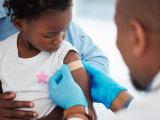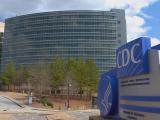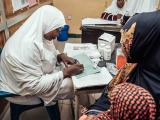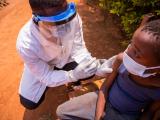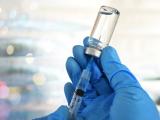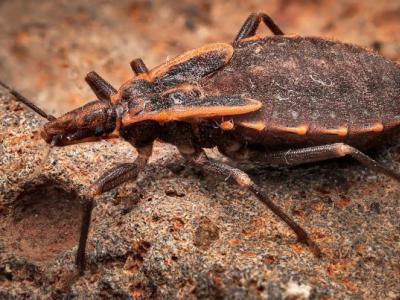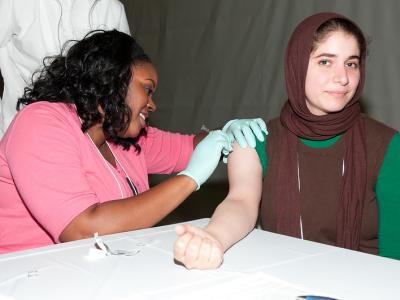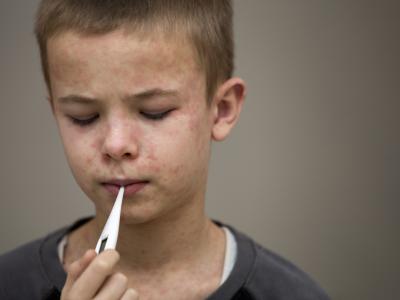Jan 10, 2008 (CIDRAP News) – The United States could be the next country to experience an epidemic of dengue illnesses if the disease keeps aggressively expanding, senior officials from the National Institute of Allergy and Infectious Diseases (NIAID) warned this week.
The range of mosquitoes that serve as vectors for dengue—Aedes albopictus and A aegypti—has expanded globally at an alarming rate, wrote David Morens, MD, NIAID's senior scientific advisor, and Anthony Fauci, MD, director of NIAID, in a commentary that appears in the Jan 9 issue of the Journal of the American Medical Association. The authors said A albopictus was first seen in the United States in 1985 and has since spread to 36 states, and A aegypti has been found in several southern states.
Severe dengue epidemics are already occurring in US tropical territories and commonwealths such as Puerto Rico, the authors pointed out. In August, the US Centers for Disease Control and Prevention (CDC) reported that dengue fever is gaining a firmer foothold in south Texas, where an outbreak of the disease in Brownsville in 2005 sent 25 patients to the hospital, 16 of them with dengue hemorrhagic fever (DHF), the most dangerous form of the disease.
Global health officials haven't pinpointed exactly what drives the expansion of dengue disease; however, some theories include global urbanization, increased air travel, or climate change.
Dengue fever is a flu-like illness that typically involves headache, rash, cramps, and back and muscle pain. DHF, a potentially deadly complication, is characterized by high fever, bleeding, thrombocytopenia (low blood platelet levels), increased vascular permeability, and, in the most severe cases, circulatory failure. Dengue shock syndrome (DSS), another dangerous complication, is characterized by capillary leakage of intravascular fluids and other effects such as pleural and pericardial effusions and decreased blood pressure. DHF and DSS primary occur with second dengue infections. No effective treatment or preventive vaccine is available.
Morens and Fauci are calling for more research to understand and combat dengue. "The formidable challenges of understanding dengue pathogenesis and of developing effective therapies and vaccines must be met to effectively fight this important reemerging disease," they wrote.
However, they highlighted several challenges researchers and public health officials face as they work to control the spread of dengue. For example, they wrote that the complex relationship between viral phenotype, virulence, and host immunity make it difficult to develop vaccines and vaccination strategies.
"A key remaining question is whether vaccines will elicit antibodies that decline over time to the point at which they no longer protect from but may enhance infection," they wrote.
In recognizing the public health threat from dengue fever and its complications, NIAID allocated $33.2 million in fiscal year 2007 for nearly 60 dengue research projects, according to a Jan 8 press release from NIAID. The projects range from basic research on dengue, DHF, and DSS to clinical vaccine trials.
NIAID said its dengue research priorities include:
- Developing animal models to study basic infection mechanisms and perform initial tests of vaccines and treatments
- Designing and testing vaccines and treatments
- Understanding how dengue viruses elicit antibodies that help them infect host cells and exacerbate disease
- Learning why capillaries leak plasma when patients have DHF and DSS
- Understanding genetic factors in people and the virus that influence disease severity
- Identifying biological markers that can predict if an individual is protected from dengue viruses and if a patient with dengue fever will likely develop DHF or DSS
Morens DM, Fauci AS. Dengue and hemorrhagic fever: a potential threat to public health in the United States. JAMA 2008 Jan 9;299(2):214-6 [Abstract]
See also:
Jan 8 NIAID press release
http://www.niaid.nih.gov/news/newsreleases/Archive/2008/Pages/dengue.aspx
Aug 9, 2007, CIDRAP News story "Dengue fever expanding its foothold in Texas"
Sep 10, 2007, CIDRAP News story "Chikungunya fever gains foothold in Europe"


